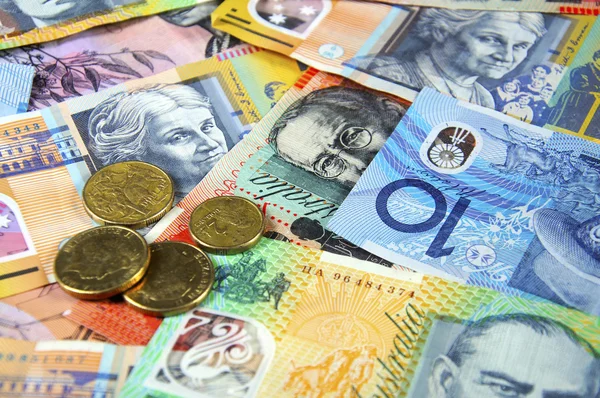Australian dollar stays marginally weak as the US dollar gains ground.
The Australian Dollar (AUD) is trading near 0.6810 on Tuesday, following a Friday bounce. The AUDUSD pair fell 0.06% in 2023, extending its three-year losing skid. However, the pair has seen increases in the last two months, which can be ascribed to a lower US Dollar (USD). And a recent drop in US inflation. Inflation in the United States is decreasing. This has fueled market speculation that the US Federal Reserve (Fed) may decrease interest rates in early 2024.
The Australian dollar has shown resilience, owing to increased risk appetite. As well as healthy inflation and property prices. The last meeting minutes reaffirmed the Reserve Bank of Australia’s (RBA) commitment to analyzing new data to assess risk balance before making interest rate decisions in the future. The expectation that the RBA will likely refrain from cutting interest rates at its February policy meeting adds to the Australian Dollar’s (AUD) strength.
Caixin Manufacturing PMI in China rose to 50.8 in December from 50.7 the previous month.
The Caixin Manufacturing Purchasing Managers Index (PMI) in China improved in December, reaching 50.8. Exceeding both the market consensus of 50.4 and the prior reading of 50.7. This good surprise in manufacturing figures may have implications. Given China’s considerable trading links with Australia, the Aussie Dollar (AUD) should strengthen.
The US Dollar Index (DXY) is still gaining ground, although market players have noticed a drop in recent US jobs data, Core PCE Inflation, and GDP Annualized. The ISM-Chicago Chicago Purchasing Managers Index, which was released on Friday, suggested that business conditions in Illinois, Indiana, and Michigan improved in December.
These statistics support the idea that the US economy is weakening in the fourth quarter, indicating a possible soft landing. This strengthens the case for Fed rate reduction in 2024 and puts downward pressure on the US dollar.
The December Judo Bank Composite and Services PMI figures for Australia are scheduled to be released. Thursday is the day. On the US calendar, Wednesday will be highlighted by the release of ISM Manufacturing PMI statistics and the Federal Open Market Committee (FOMC) Meeting Minutes.
Daily Market Movers: The Australian Dollar swings sideways while the US Dollar strengthens.
The Judo Bank Manufacturing PMI fell to 47.6 in December from 47.8 in November.
The NBS Manufacturing PMI in China fell to 49.0 in December, down from 49.4 in November. The market anticipated an uptick to 49.5 readings. While the NBS Non-Manufacturing PMI rose to 50.4 from 50.2 previously, it fell short of the 50.5 predicted.
The Chicago Purchasing Managers Index fell to 46.9 in December from 55.8 in November.









